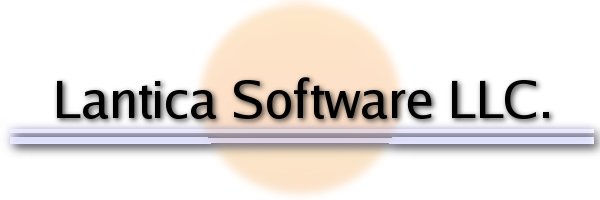Quote: First, I always thought that all design work (forms, adding fields and/or layout elements - whichever is which), programming, reports, etc. HAD to be done in a DSR file. I suppose - in my mind - it followed that the DSR file would always HAVE to be the "master."
Even though I am running these programs as a "stand-alone" application - without worrying about networking ... I do all my design work in the DSR file, save it, and then reconcile my DB file.
Now - if I understand some of what you are saying - I could use the DSR "program" to OPEN a DB file and do my design work right within the DB file itself. Is that correct? If so, it is a totally "new" concept for me and I 'll have to give it a lot of thought and experimentation.
Spencer,
Not exactly. Carl's statements are more accurate. You decide which you prefer as the "master" file, either the .db or the .dsr. But, in either case, SDesigner edits .dsr files, and runtime can "run" either .dsr or .db files.
I almost always use the .db file as the "master". Whenever I need to change the design I use SDesigner to make a new .dsr file from that .db file. When I am done making changes, I save the results using the "Save as a New DB" command - creating a new .db file. At that point, I have just "automatically" made a backup. I usually number the .dsr files as I create them.
For example, when you sent me your application, it was named "MiddleVillagers.db". I opened that .db in SDesigner - saving it as "mv01.dsr". I worked on it for a while, and when I was done, I saved it as a new .db called "mv01.db". If I work on it again, I will open "mv01.db" in SDesigner and save it as "mv02.dsr", eventually saving the result as "mv02.db".
Note, because I am not running client/server (usually) - I know that no one has changed my .db file, while I was working on the .dsr file - so I have no reason to reconcile.
If you run from command line (which I prefer), you never really need the .db files at all. Sesame (runtime - "sesame.exe") can load and run a .dsr file right from the command line:
C:\Sesame> Program\Sesame Customers.dsr
works just fine. The only difference between a .dsr and a .db (other than the extension) is a single internal flag. Otherwise they are structurally identical.
Quote:You're killing me!!!!
Every time I think I am progressing well with the use of Sesame you give me an answer that makes me feel like I am completely retarded and to such a significant degree that I am not even able to realize it. lol
Please don't say that! I am
very sorry if I ever make anyone ever feel like that. Please remember that the oldest original portion of Sesame is a little bit of code I wrote 22 years ago. I have been living, eating, and breathing Sesame for 10 to 16 hours a day, seven days a week, for six solid years. I have opportunities to "know" Sesame that are simply impossible for end users. That familiarity can make me appear "smart" (or at least well informed) about Sesame. But that you or anyone else does not know these things, is merely an indication that we still need to communicate better - it has nothing to do with being smart or not smart.


